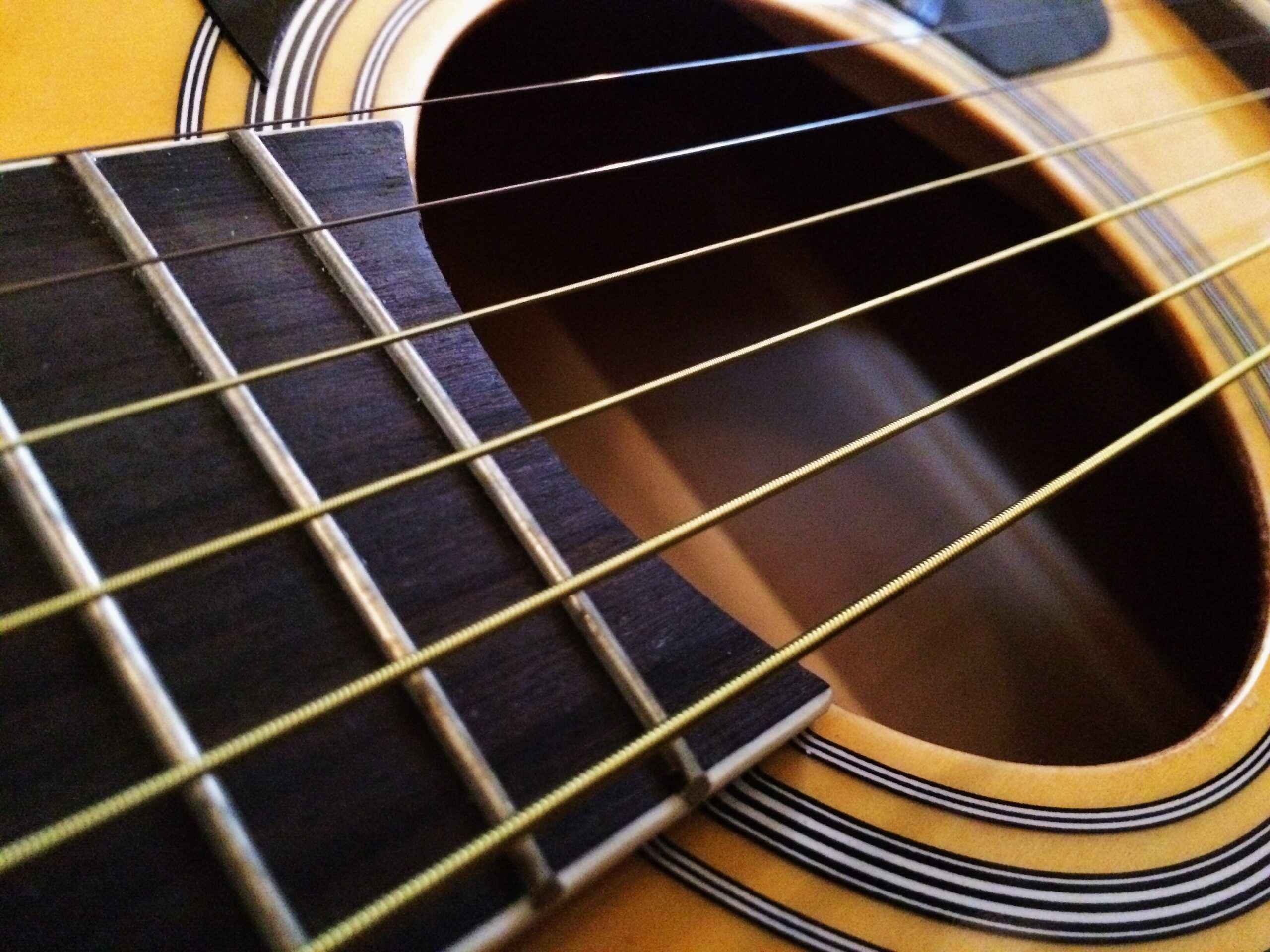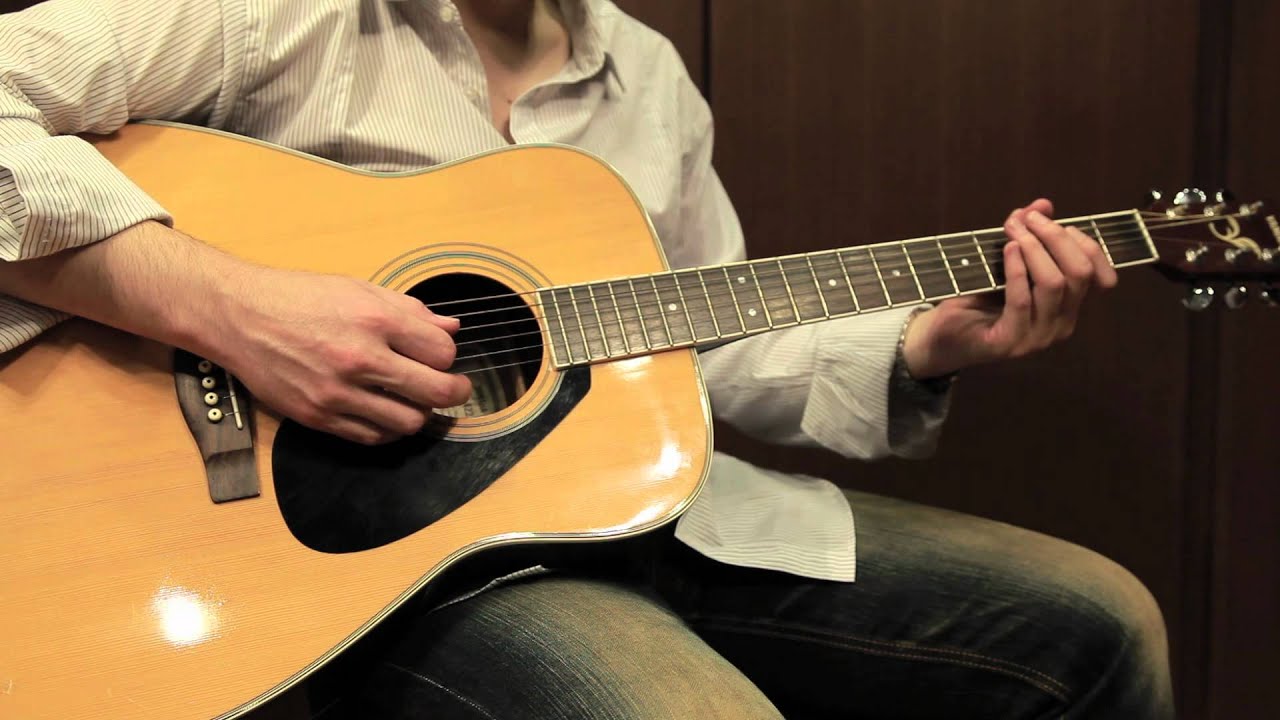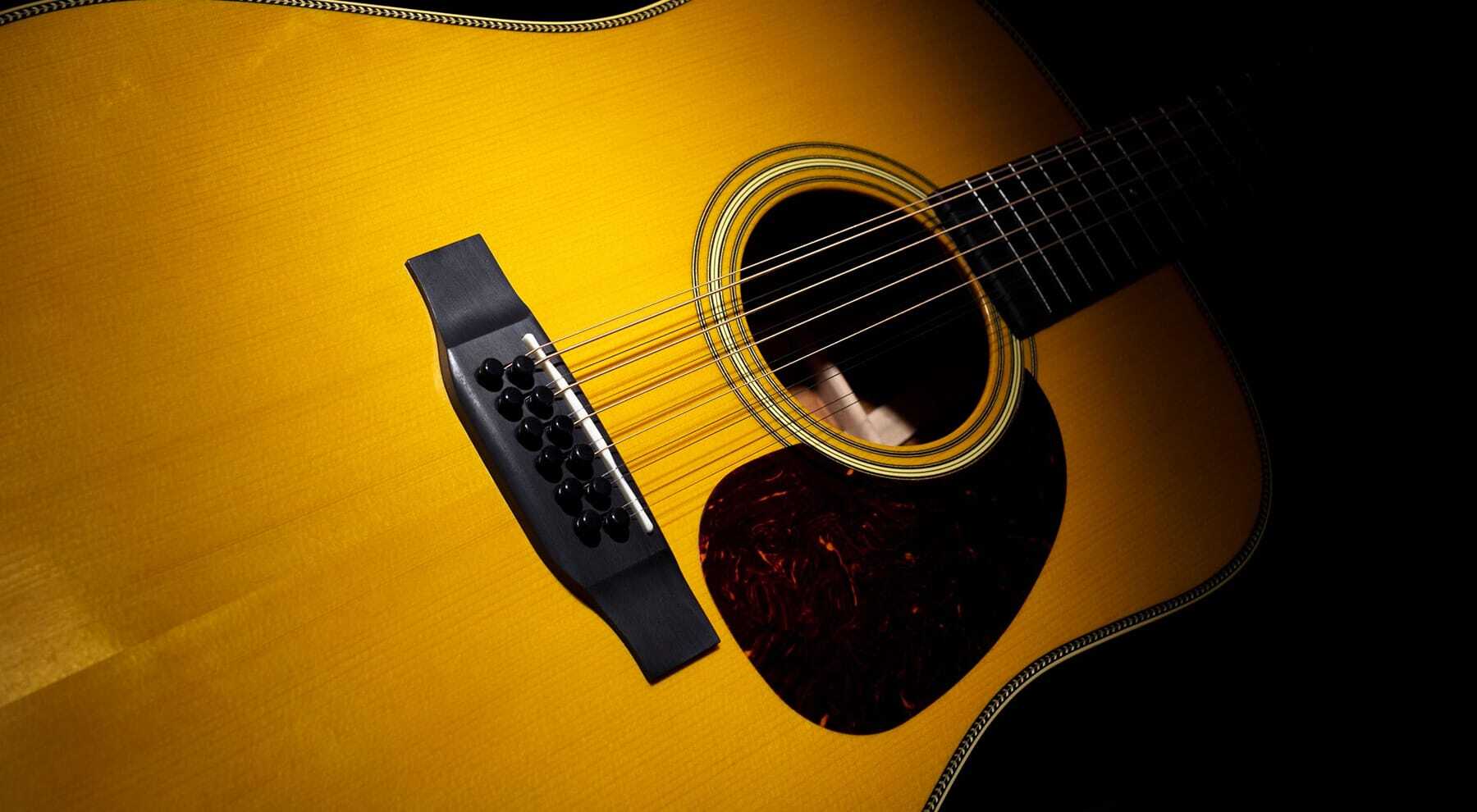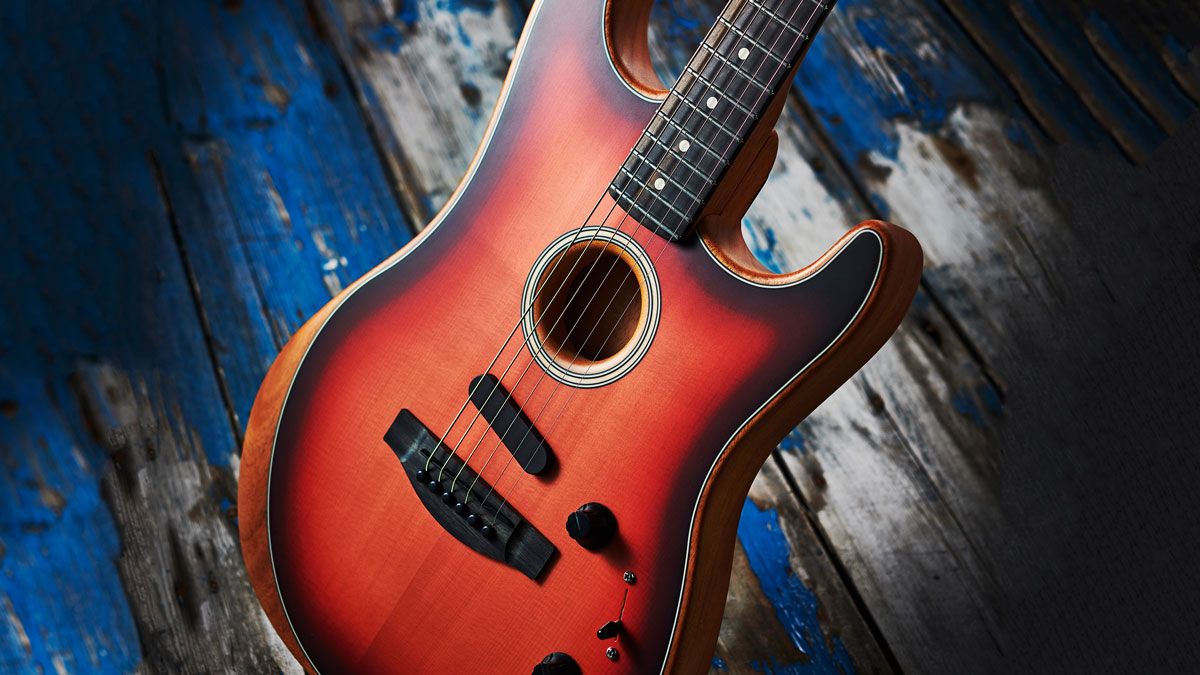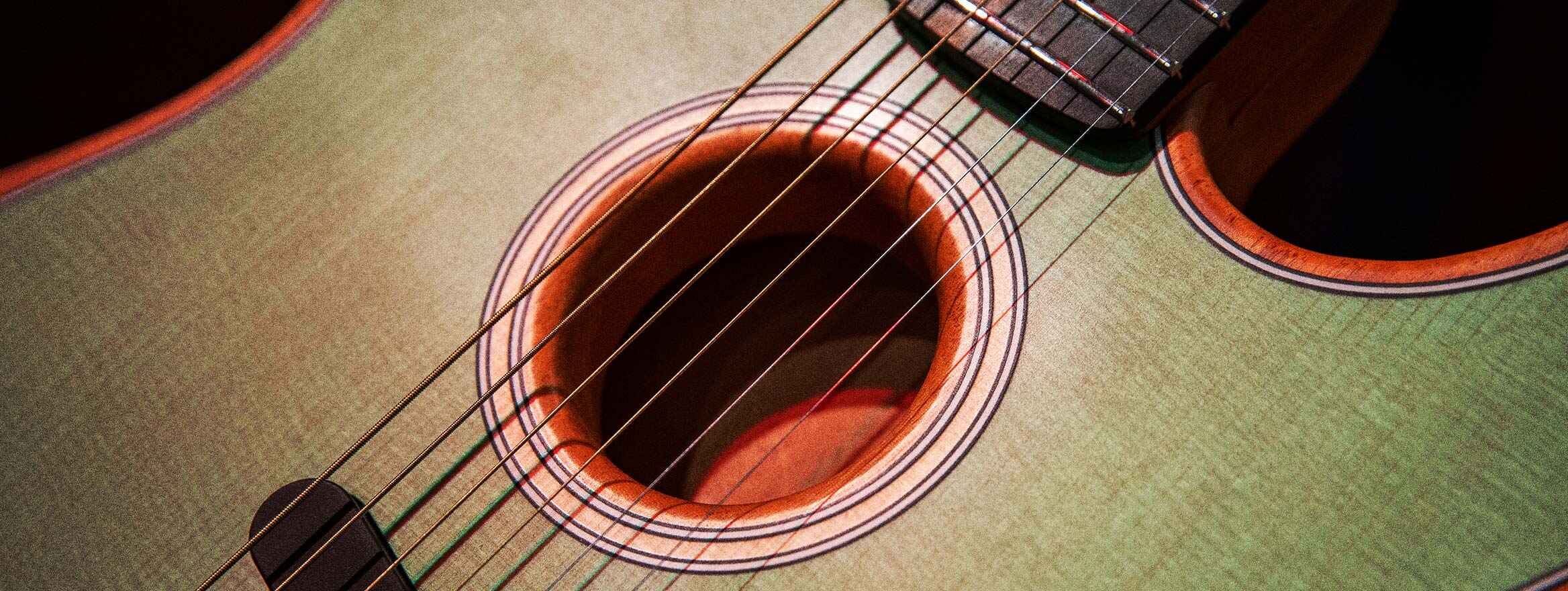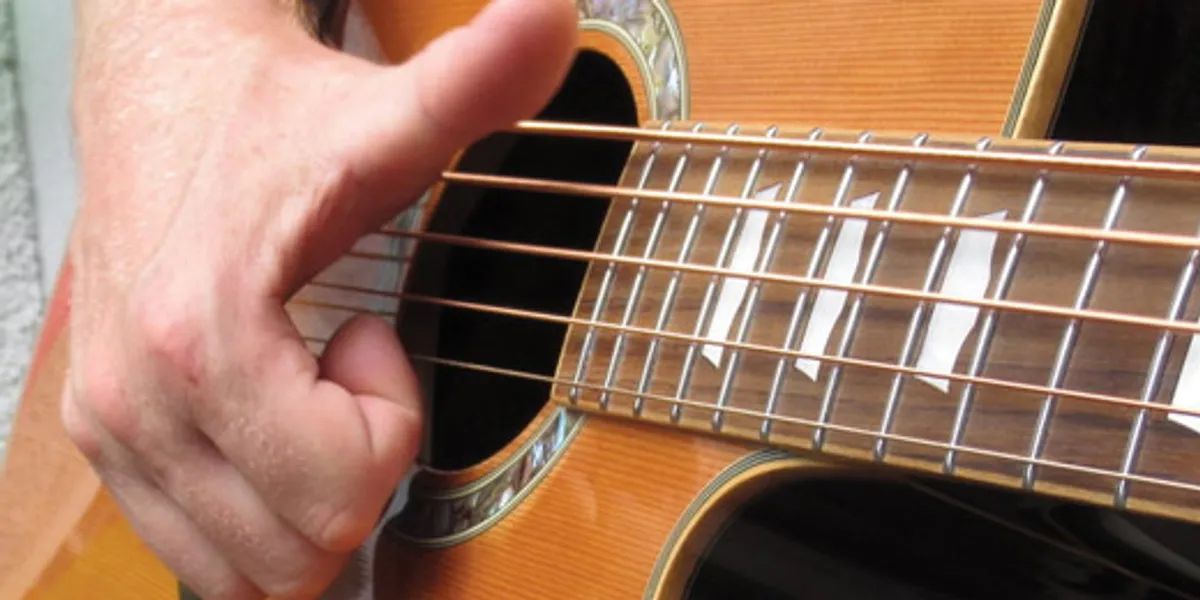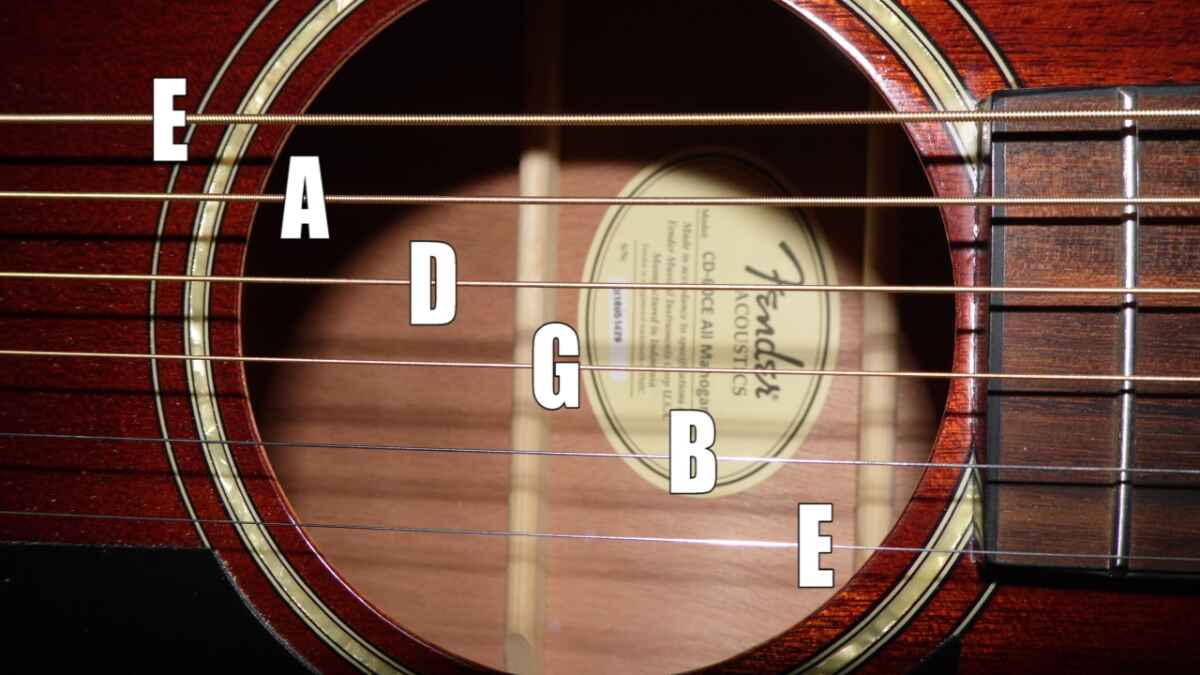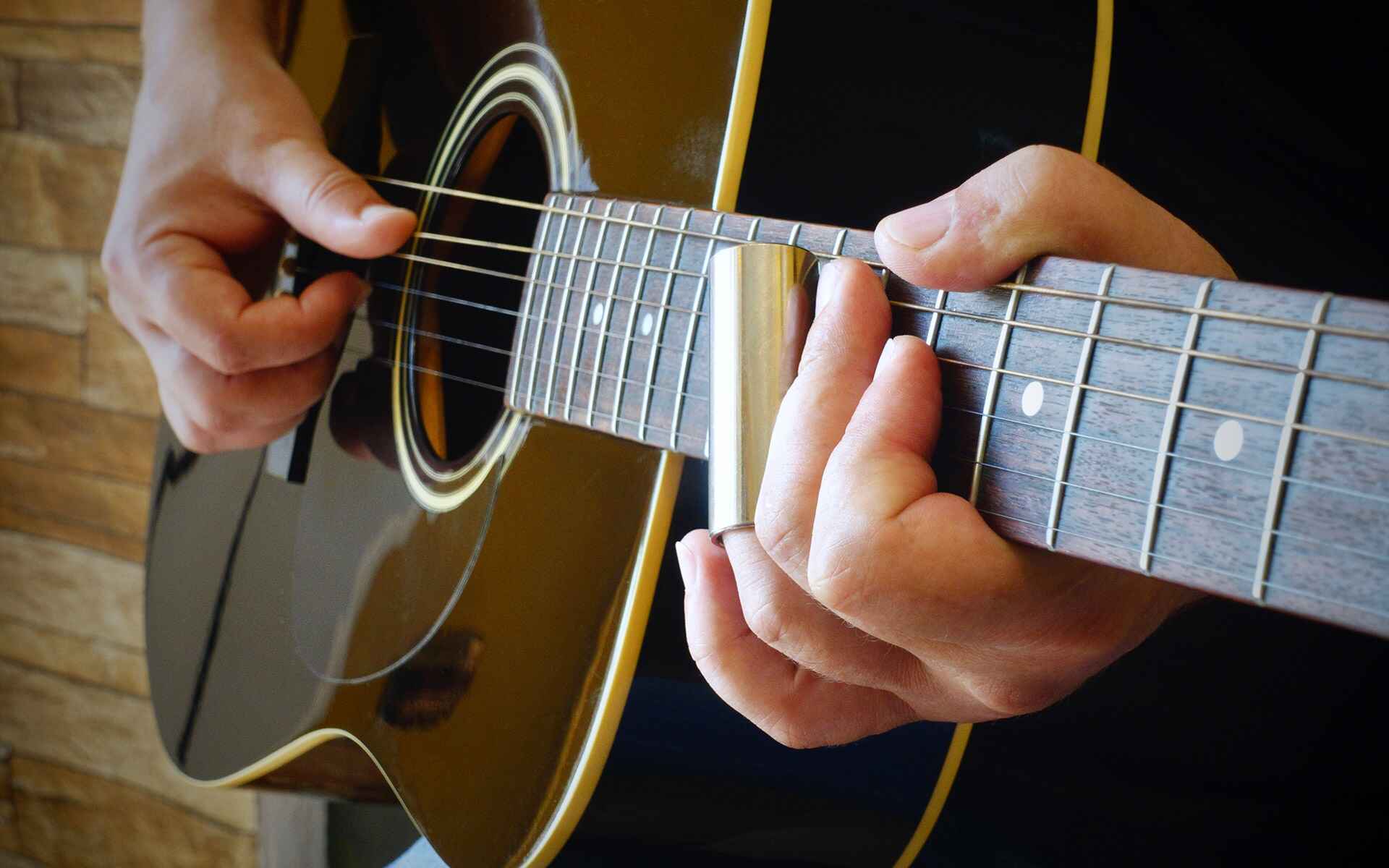Introduction
Drop D tuning is a popular alternative tuning for acoustic guitar players seeking to expand their sonic possibilities and explore new musical avenues. By lowering the pitch of the low E string to a D, this tuning offers a rich, resonant sound and opens up a realm of creative opportunities for musicians. Whether you're a seasoned guitarist or a newcomer to the instrument, understanding how to tune your acoustic guitar to Drop D can significantly enhance your playing experience.
The allure of Drop D tuning lies in its ability to produce a heavier, more robust sound, making it particularly well-suited for rock, metal, and blues genres. This tuning allows for the creation of powerful, low-pitched riffs and chords that can add depth and intensity to your music. Additionally, Drop D tuning facilitates the execution of certain chord shapes and fingerings that may be challenging in standard tuning, offering a fresh perspective on familiar musical patterns.
As you delve into the world of Drop D tuning, you'll discover the versatility it brings to your acoustic guitar playing. From crafting intricate fingerstyle arrangements to unleashing dynamic power chords, this tuning opens the door to a diverse range of musical expressions. Whether you're aiming to cover your favorite songs or compose original music, Drop D tuning can infuse your playing with a newfound energy and resonance.
Embracing Drop D tuning is not only about altering the pitch of your strings but also about embracing a fresh approach to your instrument. It encourages experimentation, creativity, and a willingness to break free from conventional constraints. As you embark on this tuning journey, you'll find that it not only transforms the sound of your acoustic guitar but also inspires a shift in your playing style and musical perspective.
In the following sections, we will delve into the specifics of Drop D tuning, providing a step-by-step guide to tuning your acoustic guitar, along with valuable tips for mastering this alternative tuning. Whether you're drawn to the thunderous power of low-tuned chords or the melodic intricacies of fingerstyle playing, Drop D tuning has the potential to elevate your acoustic guitar journey to new heights. Let's embark on this musical exploration together and unlock the captivating world of Drop D tuning.
What is Drop D Tuning?
Drop D tuning is a popular alternative tuning for acoustic guitar that involves lowering the pitch of the low E string by two semitones to a D note. This results in the tuning of the six guitar strings from low to high as DADGBE, as opposed to the standard EADGBE tuning. The simplicity and effectiveness of this tuning make it a favorite among guitarists seeking to expand their sonic palette and explore new musical possibilities.
One of the defining characteristics of Drop D tuning is the transformation it brings to the instrument’s sonic landscape. By lowering the low E string to a D, guitarists can achieve a deeper, more resonant sound that adds richness and depth to their playing. This altered tuning also allows for the creation of powerful, low-pitched chords and riffs, making it particularly well-suited for genres such as rock, metal, and blues.
Drop D tuning offers a unique advantage in terms of chord voicings and fingerings. The lowered sixth string enables guitarists to execute certain chord shapes more easily and explore new harmonic possibilities. This tuning also facilitates the incorporation of open drones and bass-heavy accompaniments, adding a compelling dimension to acoustic guitar arrangements.
Another notable feature of Drop D tuning is its adaptability to various playing styles. Whether you’re strumming aggressive power chords, fingerpicking intricate melodies, or exploring percussive techniques, this tuning provides a versatile platform for creative expression. Its resonance and depth lend themselves well to both aggressive, driving rhythms and delicate, melodic passages, making it a valuable asset for acoustic guitarists across genres.
Drop D tuning has left an indelible mark on the musical landscape, finding favor among renowned guitarists and songwriters who have harnessed its potential to craft iconic compositions. Its influence extends beyond the realms of rock and metal, permeating diverse musical genres and inspiring innovative approaches to acoustic guitar playing.
As we continue to explore the intricacies of Drop D tuning, it becomes evident that this alternative tuning transcends mere technical adjustments. It embodies a spirit of experimentation, creativity, and sonic exploration, inviting guitarists to push the boundaries of traditional playing and discover new avenues of musical expression.
Why Use Drop D Tuning?
Drop D tuning offers a myriad of compelling reasons for acoustic guitarists to explore and integrate it into their playing repertoire. Whether you’re seeking to infuse your music with added depth and resonance or aiming to expand your sonic horizons, this alternative tuning presents a host of advantages that can transform your playing experience.
One of the primary reasons to embrace Drop D tuning is its ability to enrich the tonal palette of the acoustic guitar. By lowering the low E string to a D, guitarists can access a deeper, more resonant sound that imbues their playing with a captivating warmth and fullness. This enhanced tonal quality lends itself well to a wide range of musical styles, from driving rock anthems to introspective folk ballads, offering a versatile sonic foundation for creative exploration.
Drop D tuning also empowers guitarists to create powerful, low-pitched chords and riffs that resonate with a compelling intensity. The lower pitch of the sixth string opens up new avenues for crafting dynamic chord progressions and exploring innovative harmonic textures. This feature makes Drop D tuning particularly well-suited for genres that demand robust, driving rhythms and bold, impactful chord voicings.
Another notable advantage of Drop D tuning is its facilitation of certain chord shapes and fingerings that may be challenging in standard tuning. This enables guitarists to experiment with fresh chord voicings and explore unique harmonic structures, fostering a sense of creative freedom and musical discovery. Additionally, the modified tuning encourages the incorporation of open drones and bass-heavy accompaniments, adding depth and complexity to acoustic guitar arrangements.
Drop D tuning’s adaptability to diverse playing styles further underscores its appeal. Whether you’re strumming aggressive power chords, fingerpicking intricate melodies, or employing percussive techniques, this tuning provides a versatile platform for creative expression. Its resonance and depth accommodate both forceful, driving rhythms and delicate, melodic passages, making it an invaluable tool for acoustic guitarists across a spectrum of musical genres.
Beyond its technical attributes, Drop D tuning embodies a spirit of innovation and sonic exploration, inviting guitarists to push the boundaries of traditional playing and discover new avenues of musical expression. By embracing this alternative tuning, musicians can infuse their playing with a sense of adventure and creativity, transcending the confines of standard practice and unlocking fresh possibilities for musical storytelling.
How to Tune Your Acoustic Guitar to Drop D
Tuning your acoustic guitar to Drop D is a straightforward process that can be easily accomplished with precision and accuracy. By following these simple steps, you can seamlessly transition from standard tuning to the rich, resonant sounds of Drop D, unlocking a world of creative possibilities.
Step 1: Prepare Your Guitar
Begin by ensuring that your acoustic guitar is in good condition and properly strung. It’s essential to have a stable and well-maintained instrument before proceeding with the tuning process. Check that your guitar is free from any structural issues and that the tuning pegs are functioning smoothly.
Step 2: Lower the Low E String to D
To initiate the Drop D tuning, you’ll need to lower the pitch of the low E string to a D note. Using a reliable electronic tuner or a reference pitch, carefully adjust the tension of the low E string until it produces a clear, resonant D note. Ensure that the string is neither too slack nor too taut, striking a perfect balance to achieve the desired pitch.
Step 3: Verify the Tuning
Once the low E string is tuned to D, verify the tuning by playing the open D string and comparing it to the fretted D note on the sixth string. Make any necessary adjustments to the tuning pegs to achieve precise alignment between the open D string and the fretted D note on the sixth string. This step is crucial for ensuring the accuracy and stability of the Drop D tuning.
Step 4: Fine-Tune the Remaining Strings
With the low E string successfully tuned to D, proceed to tune the remaining strings to complete the Drop D configuration. Use your electronic tuner or a reference pitch to adjust the A, D, G, B, and high E strings, ensuring that each string resonates with clarity and accuracy. Pay close attention to the tonal quality of each string, making precise adjustments as needed to achieve a harmonious and balanced tuning across all strings.
Step 5: Test the Tuning
Once all strings are tuned to the Drop D configuration, test the tuning by playing a variety of chords, scales, and melodic passages. Listen attentively to the resonance and tonal depth of the instrument, exploring the newfound richness and versatility of the Drop D tuning. Make any final adjustments to fine-tune the overall sound and ensure that the guitar is perfectly attuned to the desired Drop D pitch.
By following these steps with care and attention to detail, you can effectively tune your acoustic guitar to Drop D, unlocking a world of expressive possibilities and embarking on a musical journey enriched by the resonant depth of this alternative tuning.
Tips for Playing in Drop D Tuning
As you venture into the realm of Drop D tuning on your acoustic guitar, incorporating these tips into your playing approach can enhance your musical expression and unlock the full potential of this alternative tuning.
- Explore Power Chords and Riffs: Take advantage of the lower-pitched sixth string in Drop D tuning to create compelling power chords and driving riffs. Experiment with the rich, resonant sound of low-tuned chords, and explore the dynamic possibilities of crafting bold, impactful progressions that resonate with intensity.
- Embrace Open Drones and Bass Lines: Harness the depth and resonance of Drop D tuning to incorporate open drones and bass-heavy accompaniments into your playing. Utilize the lowered sixth string to add depth and complexity to your acoustic arrangements, creating a captivating sonic backdrop for your musical compositions.
- Experiment with Alternate Fingerings: Take advantage of the modified string configuration in Drop D tuning to explore new chord shapes and fingerings. Embrace the freedom to experiment with alternative voicings and harmonic structures, allowing the altered tuning to inspire fresh approaches to your acoustic guitar playing.
- Develop Melodic Fingerstyle Patterns: Delve into the melodic intricacies of fingerstyle playing in Drop D tuning, leveraging the resonant depth of the lower-pitched strings to craft captivating melodies and expressive passages. Explore the nuanced tonal qualities of this tuning to create evocative fingerstyle arrangements that showcase the acoustic guitar’s versatility.
- Adapt Existing Repertoire: Consider adapting your existing repertoire to incorporate Drop D tuning, breathing new life into familiar songs and compositions. Experiment with applying the alternative tuning to your favorite pieces, discovering how the modified sonic landscape of Drop D can enrich and transform the musical character of your repertoire.
By integrating these tips into your acoustic guitar practice and performance, you can harness the expressive potential of Drop D tuning, infusing your playing with depth, resonance, and creative innovation. As you explore the diverse musical avenues opened up by this alternative tuning, you’ll uncover a wealth of opportunities for sonic exploration and artistic expression.
Conclusion
As we conclude our exploration of Drop D tuning for acoustic guitar, it becomes evident that this alternative tuning holds immense potential for transforming your musical journey. By embracing the resonance, depth, and versatility offered by Drop D tuning, you open the door to a world of creative expression and sonic exploration.
Drop D tuning enriches the tonal palette of the acoustic guitar, infusing your playing with a captivating warmth and fullness that resonates across genres and playing styles. Whether you’re crafting powerful, low-pitched chords and driving riffs or delving into the melodic intricacies of fingerstyle playing, this alternative tuning offers a wealth of creative possibilities.
By lowering the low E string to a D note, Drop D tuning not only alters the sonic character of the acoustic guitar but also inspires a shift in your playing style and musical perspective. It encourages experimentation, creativity, and a willingness to break free from conventional constraints, inviting you to push the boundaries of traditional playing and discover new avenues of musical expression.
As you integrate Drop D tuning into your acoustic guitar practice, remember to explore power chords and riffs, embrace open drones and bass lines, experiment with alternate fingerings, develop melodic fingerstyle patterns, and adapt existing repertoire to fully harness the expressive potential of this alternative tuning. These tips serve as a springboard for unleashing your creativity and infusing your playing with depth, resonance, and innovative sonic textures.
Whether you’re drawn to the thunderous power of low-tuned chords or the melodic intricacies of fingerstyle playing, Drop D tuning has the potential to elevate your acoustic guitar journey to new heights. By immersing yourself in the captivating world of Drop D tuning, you embark on a musical exploration enriched by the resonant depth and expressive versatility of this alternative tuning.
So, pick up your acoustic guitar, tune to Drop D, and embark on a musical journey that transcends the ordinary, embracing the transformative power of this alternative tuning. Let the resonant depths of Drop D tuning inspire your creativity, invigorate your playing, and propel you toward new horizons of musical expression.







